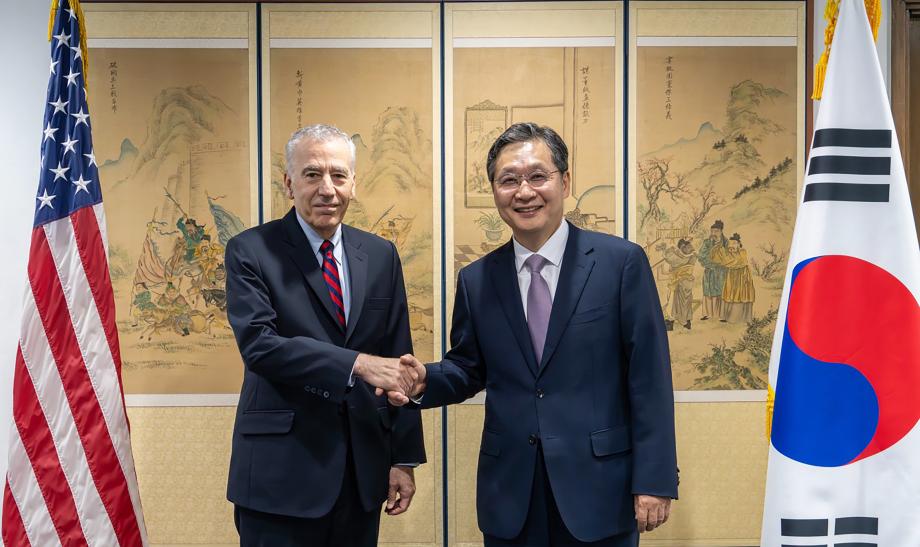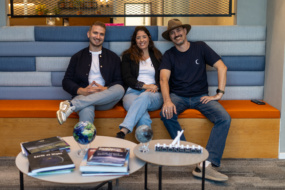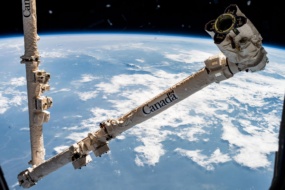US and Korean space leaders renewed their vows this week.
Officials from the two countries’ civil space programs met in Washington, DC on Monday for the fourth US-ROK Civil Space Dialogue, which culminated in a bilateral commitment to increase collaboration on civil, military, and commercial space missions.
In a joint statement following the dialogue, officials from both countries laid out the specifics for what to expect, including:
- Cooperating on a potential KASA-led mission to Lagrange Point 4;
- Sharing of research and data on space exploration missions, EO, and regulations
- Developing next-gen meteorological GEO satellites together, including ROK potentially contributing to the US Landsat 2030 International Partnership Initiative;
- Exchanging satellite data, including from Korea’s Compact Advanced Satellite 4, which is expected to launch in 2026;
- ROK participating in NASA’s Interstellar Mapping and Acceleration Probe (IMAP) and NOAA’s Space Weather Follow On – Lagrange 1 mission (SWFO-L1);
- The US supporting ROK’s development of the Korean Positioning System as a compliment to the US GPS, including potentially placing KPS ground monitoring stations inside America’s borders.
Ties that bind: While the country’s civil space programs are increasingly entwined, much of the conversation focused on building a bridge between the two nation’s commercial sectors.
“Our conversations at the gov-to-gov level are strong, those relationships are established, KASA is in place, but now how do we help drive that next piece, which is the commercial piece,” said Valda Vikmanis-Keller, director of the State Department’s Office of Space Affairs, at a CSIS event yesterday.
To achieve this, Korea is aligning its space industry with US norms, basing its regulatory framework for launch on the American model, and sharing data to enhance space situational awareness, space traffic management, and maritime domain awareness.
The two countries are also collaborating on commercial missions, including a NASA CLPS mission in 2026 that will bring a payload from the Korea Astronomy and Space Science Institute to the Moon.
Young and hungry: While the Korean space program is still in its infancy—the country’s space agency, KASA, is less than a year old—it’s eager to increase its stature on the global stage.
In the past few months, KASA has signed MOUs to increase collaboration with the Saudi Space Agency, the Uzbekistan space agency, and the Italian Space Agency. It also expects to sign a broader agreement with ESA this summer.




